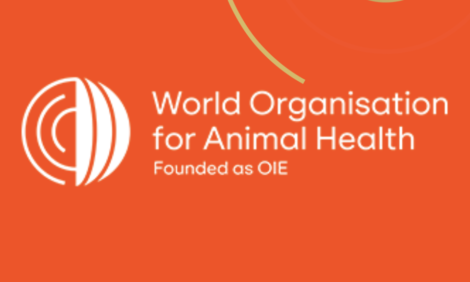



Common milk protein could help gut development in broilers
Researcher expects EGF to make chickens more resilientAccording to a report from Canada's Poultry Science Cluster, a common protein found in milk could help make broilers' digestive systems stronger, faster.
The first 10 days of life are crucial for a broiler chick’s fragile digestive system, and exposure to harmful pathogens can lead to poor growth and health issues. As Canada’s poultry industry phases out preventative antibiotics, researchers continue to look for new opportunities to development poultry digestive systems.
Elijah Kiarie, who holds the McIntosh Family Professorship in Poultry Nutrition at the University of Guelph, is working with epidermal growth factor (EGF), a protein that plays an essential role in healing. EGF is activated when it binds to EGF receptors that are found along the length of the small intestine in many species, including poultry.
As part of Kiarie’s work, he has been testing the most effective way and time to deliver EGF to enhance a bird’s intestinal tract. First, he had to confirm when EGF receptors appear in a chicken’s small intestine so he could take advantage of accessing them as early as possible.
Kiarie administered EGF in ovo, directly into the egg, and investigated the presence of EGF receptors at various stages from days 17 to 21. “What we found is that the EGF receptors only appear on day 21– when chicks hatch. Once we understood that, we realised it would be more effective to apply EGF directly to feed,” Kiarie says.
The small intestine is lined with villi, tiny hair-like projections that help absorb nutrients. Rapid growth of the small intestine in the first 10 days of a chick’s life is an indication of better gut health. Kiarie says by day seven, a chicken’s small intestine typically comprises about 7% of its body weight.
As part of the project, Kiarie’s team fed groups of chickens diets containing four different concentrations of EGF. They compared their results with a control group – one that used antibiotics, and one that did not. All chickens were fed their designated diets and brought to market weight.
“The challenge with chickens is that they must be able to consume enough nutrients to form their gut in the first 10 days after hatching, and it takes almost three days after hatching for them to access their feed,” says Kiarie. “Our goal is for chickens to develop a more robust small intestine as quickly as possible so they can digest more food.”
“If you improve villi, chickens can express more enzymes, and if they express more enzymes, they should be able to digest more food,” Kiarie says. “The birds receiving EGF had healthier, heavier small intestines – but we saw no other advantages.”
In an unexpected twist, all birds – regardless of diet and the use of antibiotics – consumed the same amount of feed, from day zero to market weight. Kiarie notes that while the birds fed EGF had better intestinal health, all birds in all groups were physically identical.
“We went back to the drawing board, to focus on the first 10 days,” Kiarie says. “And we wanted to represent farm conditions.”
Next, Kiarie’s team is working on a challenge study, to understand the effects of EGF in enhancing gut development and function in broiler chickens when challenged with Eimeria a pathogen leading to coccidiosis – a disease that damages the gut setting stage for proliferation of Clostridium perfringens that causes necrotic enteritis. Kiarie expects to see chickens that have been fed EGF will heal more quickly than those that have not.
“EGF does not target specific microbiota directly, but the idea is to balance the good bacteria, so they are the majority, allowing us to minimize the pathogens,” says Kiarie. “What we expect is that EGF will help the bird recover more quickly when it encounters enteric pathogens under normal farm conditions – making chickens more resilient.”
Kiarie says there’s still work to do before he is close to bringing a solution to market.
“We have a vibrant gut health research program, and we will keep working toward new tools to help farmers address challenges,” says Kiarie. “We think if we can use EGF to strengthen the gut, chickens shouldn’t need antibiotics to prevent disease, and we should see better feed efficiency.”
EGF is an active ingredient in some human skincare products, and in the poultry industry in other countries, including the United States.










